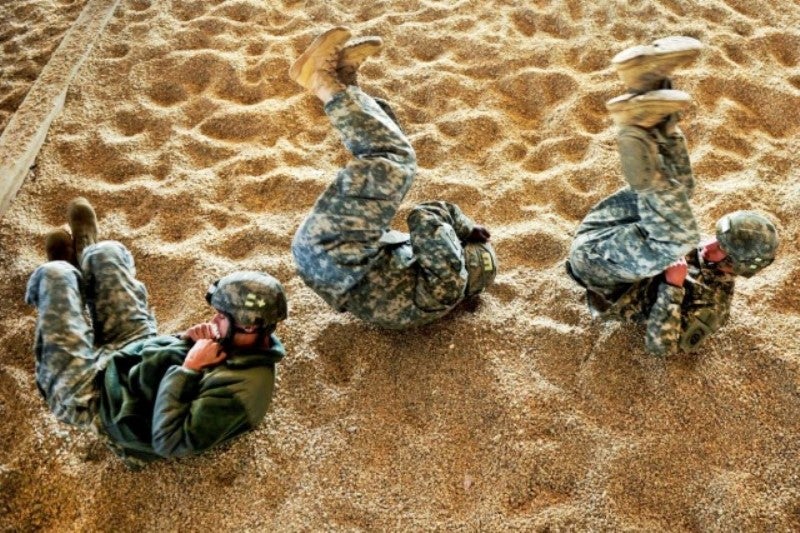
The US Army has announced the development of helmet padding to offer greater performance for future soldiers.
The product has been developed by the US Army Combat Capabilities Development Command’s Army Research Laboratory and its HRL Laboratories partners.
The team has used advanced 3D printing manufacturing process and open-cell lattice structures for the creation of the new helmet padding.
According to the army, the protective padding helps reduce head injury in combat while offering comfort to the soldier.
A study on the improved, higher-performing helmet padding has also been published by army researchers and industry partners.
Lab project lead Dr Thomas Plaisted said: “Careful control of the lattice design imparts novel compression characteristics to the padding that reduce peak head acceleration during blunt impact events compared to existing state-of-the-art foam padding.
“Testing demonstrated a 27% increase in energy attenuation efficiency when inserted into a combat helmet compared to current best-performing foam pads.”
The new padding was designed to optimise impact protection while minimising the helmet’s weight and interior space.
Plaisted added: “Typical multi-impact attenuating materials include expanded polypropylene and vinyl nitrile closed-cell foams, which absorb impact energy through the collapse of internal pores when compressed.
“The material is carefully tuned to yield at a threshold force, or acceleration, specific to the tolerance of the head, thereby mitigating injury.”
The new technology is being moved Combat Capabilities Development Command Soldier Center, where it will be put through additional testing.



